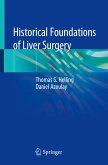
Broschiertes Buch
1st edition 2020
24. Mai 2020
Springer / Springer International Publishing / Springer, Berlin
978-3-030-47094-4
| eBook, PDF | 61,95 € |
eBook, PDF
23. Mai 2020
Springer International Publishing
Ähnliche Artikel
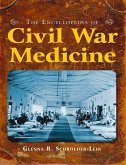
eBook, ePUB
28. Januar 2015
Taylor & Francis eBooks

12,99 €
inkl. MwSt. und vom Verlag festgesetzt.
Sofort per Download lieferbar

8,95 €
Sofort per Download lieferbar

20,95 €
Sofort per Download lieferbar

2,99 €
Sofort per Download lieferbar
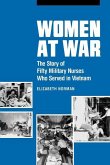
29,95 €
Sofort per Download lieferbar


eBook, ePUB
17. Juli 2019
Taylor & Francis eBooks
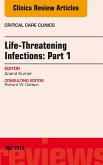
eBook, ePUB
13. Juli 2013
Elsevier HealthScience EN
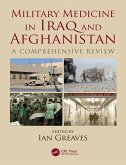
eBook, ePUB
3. September 2018
Taylor & Francis eBooks
Ähnlichkeitssuche: Fact®Finder von OMIKRON

